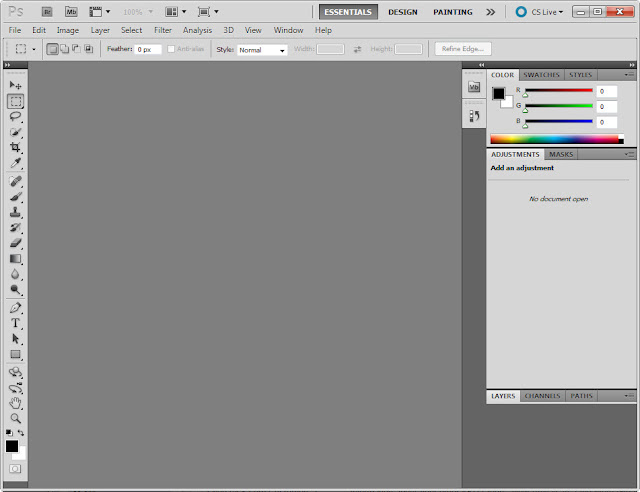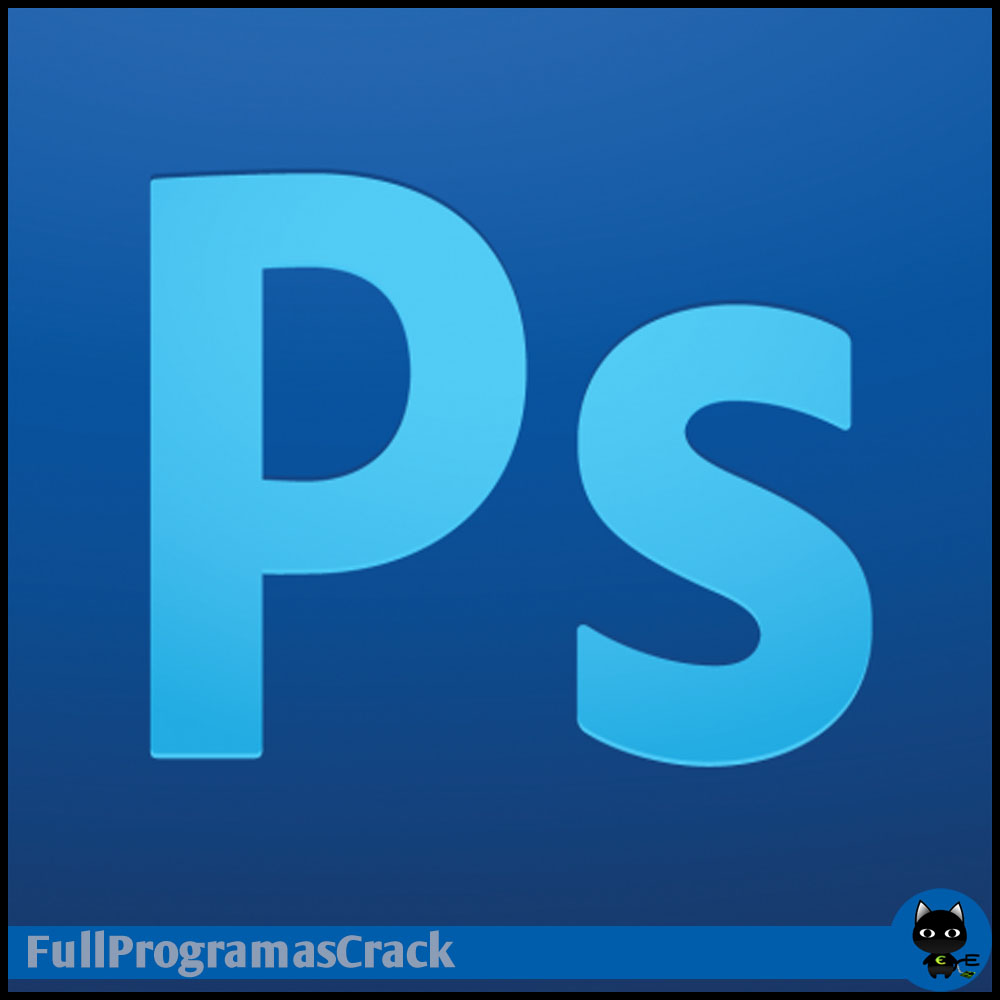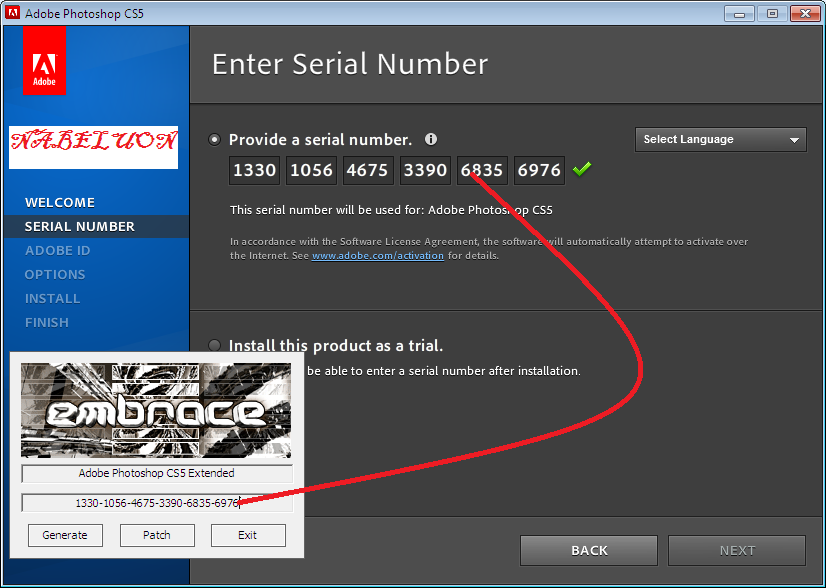
This version also supports 64-bit architecture and HDR images can also be created using this version. Using this version, professionals can also create motion based and 3D content. This version allows you to create three dimensional buttons and logos. Apart from providing all the features that are included in Adobe Photoshop CS5, this version also allows the users to create as well as edit motion based or 3D content. This version is the best tool available for digital imaging. Intricate content of image can be selected easily for composting, placing in layout or refinements. Unique looks can be created by stretching or warping text, images or graphics. Powerful new tools allow professionals to paint naturally as well as realistically with the help of textured brush strokes and on-canvas color blending. Better raw file conversion is also provided by this version.

A wide variety of workflow enhancements are also supported by this version.įewer steps are needed in order to achieve results by removing noise, creating vignettes, sharpening, creating HDR images and adding grain. This version also supports multiple platforms as well as 64-bit computer architecture. Although the functionality provided by both the versions is almost similar but by using CS5 extended edition, professionals can work on 3D content.Īdobe Photoshop CS5 provides powerful photography tools and other capabilities for realistic painting, intelligent retouching and complex image selections.
#Adobe photoshop cs5 professional
Both the applications are used to create digital artwork, vector graphics and professional logos.
#Adobe photoshop cs5 software
You can then save the file in Photoshop EPS format.Adobe Photoshop CS5 vs Adobe Photoshop CS5 extendedĪdobe Photoshop CS5 and Adobe Photoshop CS5 extended are graphic design software applications. Right click again and select 'Create Vector Mask'. Right click over the selection and select 'Make Work Path' then hit A to change to the direct selection tool. To do that, make a selection and copy it to a new layer or remove the background.

First you need to separate your logo from the background. That's probably the case if you make a logo in Photoshop. Photoshop is a raster-based rather than vector-based design program, but it can vectorise images for export, which is ideal if you're going to want to resize them. It's a good idea to save it as a psd file so that you can return to it and make changes in the future. When you're happy, save the image out in whatever format you require, for example RGB jpg for web format. We also added a background, shadow and reflection, using similar techniques to the other steps, as well as using layer masks to add fade. For the main image at the top of this page, we've added two smaller bars above and below the text, coloured with the same gradient. Add colour with a gradientįinally to finish making your logo in Photoshop, make any final adjustments you need to give it that special something. Move this point down a few grid squares, holding the Shift key to keep it locked on the y-axis. Use the Direct Selection tool, shortcut A, to click on the top-most point of the arrowhead, located at the centre of the canvas. Duplicate and edit the shapeĭuplicate the layer, by pressing cmd + J (ctrl + J) and click on the new layer to select it. Naming the layers isn't necessary for this project, but it can be very helpful in more complicated documents, where there are many layers.

Use the pen to draw an arrowhead shape, starting at the centre-point of the canvas and using grid-line intersections for your other points (if you're not familiar with the pen tool, note that to draw a straight line, you simply click and release where you want the points to be – don't hold down an try to draw a line as if it were a brush). Select the Pen tool in the toolbar, or by pressing P, and make sure it’s set to Shape rather than Path in the box at the left of the Options bar.


 0 kommentar(er)
0 kommentar(er)
